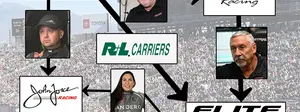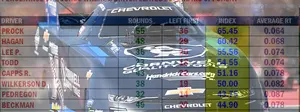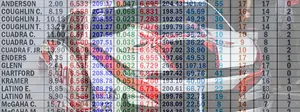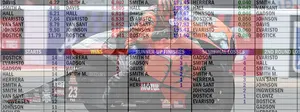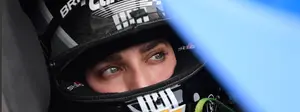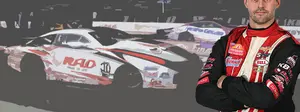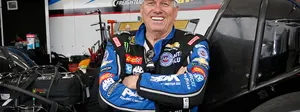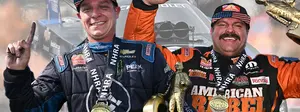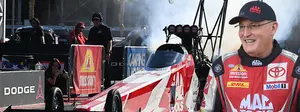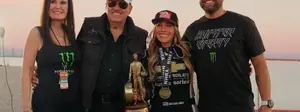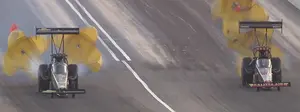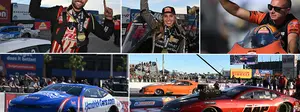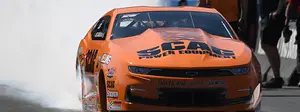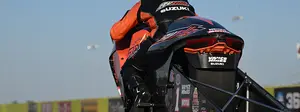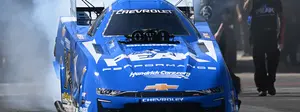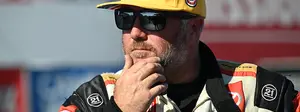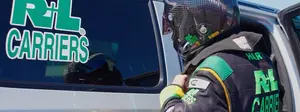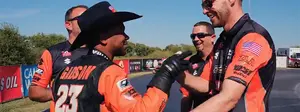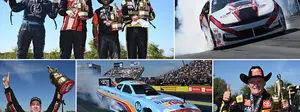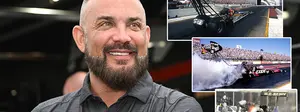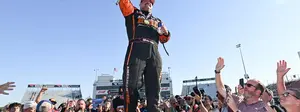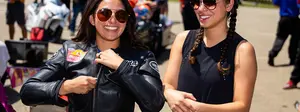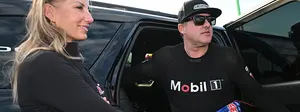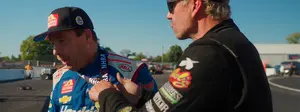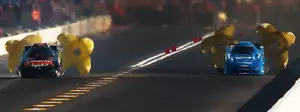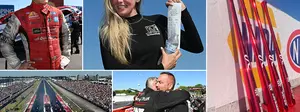

Still charging hard: How the 1964 Dodge Chargers shaped Funny Car racing
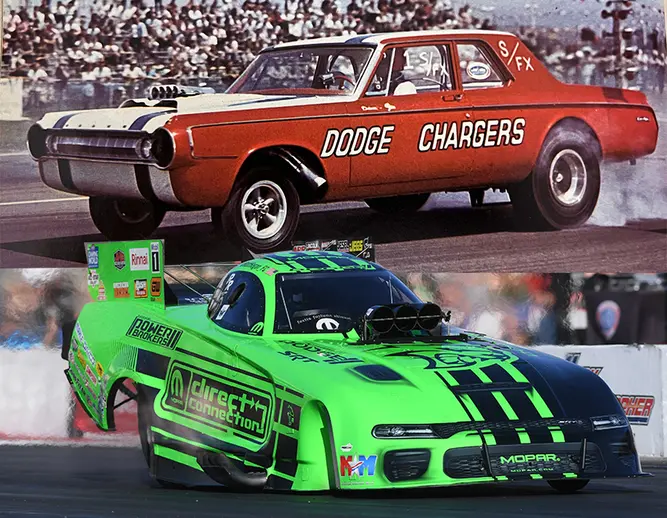

If there is one thing that we respect around here, it is the legacy of great names in the sport. Whether those names are attached to drivers, whether they are attached to specific race cars, or whether they are attached to enduring models, the idea of something being cool for decades is unique and admirable. So it goes for the Dodge Charger.
While the current iteration of the car that Matt Hagan drove to a Funny Car championship in 2023 has just recently ended production, the next generation model is being readied, and it will come out of the gate swinging. This also means that we’ll likely be treated to a new Funny Car body as well, but we digress.
The “Charger” name has been associated with Dodge in the world of drag racing before the actual model of the car even existed, and what’s so nicely round about this whole business is that Dodge, Charger, and NHRA Drag Racing all came together 60 years ago in 1964. Not only did they come together, the union of the three effectively created the Funny Car. Interested? We’ll explain.
In 1963, Dodge was experiencing the greatest sales year in its history. The brand had begun to emphasize performance and was competing in all forms of motorsports, but drag racing was really capturing a youthful and cash-rich audience. A man named Don Beebe who owned a small promotions company in Michigan approached Dodge executives with an idea. He asked for three cars, a budget of (a then incredible) $300,000, and the approval to call his brainchild “The Dodge Chargers.”

He was granted permission on all three accounts. Beebe swiftly put his plan into action, shipping the three cars from Michigan to the famed Dragmaster shop of Jim Nelson and Dode Martin. Far away from the prying eyes of other car companies, Nelson and Martin refitted the cars with 480-cid Chrysler wedge engines topped with 6-71 superchargers and all the hot rod parts they could throw at them, tweaking everything from the interior to the factory suspension. The legendary Dean Jeffries laid the red, white, and blue paint on them as well as crafted the roll pans that eliminated the front and rear bumpers.
These were full-bodied “stockers” with Top Gas dragster engines in them, and no one had ever seen anything like it before.
A national tour was planned. The cars would visit local dealers every week, or multiple times a week, match race at local strips, sing the evangelical message of Dodge performance, and capture the attention of the drag racing youth, stealing the thunder from all the other manufacturers. Except there was a catch.
NHRA did not have a class for these cars to fit in. There was not even an exhibition provision for them, and this made things a bit sticky for the suits at Dodge. Soon Beebe’s true intentions of using Dragmaster to build the cars were shown.
Jim Nelson and Wally Parks went back to the earliest days of the NHRA. In the early 1950s, Nelson helped to craft the first rules the sport ever had. He not only built the cars but lobbied Parks and NHRA brass to make a class designation for them to settle fears of being labeled “outlaws.” His work was successful and the class, created for what were two cars on the planet at that time, was called S/FX or “Super/Factory Experimental.” This was the exhibition-only home of the Dodge Chargers.
The cars began their national tour. They’d run many small local events where they were the main stars of the show, but they’d also run NHRA-sanctioned points races on the local and divisional level to boot. The idea was to get the cars in front of fresh eyeballs every week.

The hired drivers were well-known dragster pilot Jimmy Nix and Jim Johnson, who had been a standout Stock racer in 1962 with Dodge equipment. Both men were more than capable of talking to the throngs of fans about the cars and preach their all-important corporate message.
A man named Louis Lovelady was hired to be their traveling mechanic. With a custom big rig and their two primary cars along with a backup, they were off on their national tour. Even more exciting, when the Hemi engines were ready, the team would swap them in place of the wedge motors!
The early part of the tour went well. The cars ran mid-10s at more than 130 mph, which was mind-boggling to the fans of the day. They were seeing something they had never witnessed before. Big hairy blown engines in full-bodied cars just did not exist in 1964, but that would change shortly.

Things got dicey a few months in when parts breakage began to take its toll, the supply of replenishment parts began to slow, and word began to arrive that there would be no Hemis coming for the cars.
By July, the situation was dire and Jack Chrisman was now hot on their tail with the nitro-burning supercharged Comet exhibition car from the Sachs and Sons Mercury dealership, at which he ran a performance shop. His car was faster, it had direct drive, and could basically smoke the tires the length of the track.
By late August, the team was totally out of parts, they were down to sharing one car, and then that engine blasted the rods out of itself. The budget exhausted, the support gone, the saga of the 1964 Chargers tour ended three months before it was scheduled to conclude. Meanwhile, Chrisman would show up to Indy, absolutely astonish the crowd, and kick the earliest stage of the Funny Car revolution into high gear.
So, can we draw a line directly from the 1964 Dodge Chargers and their bumpy ride around the country and Matt Hagan’s mount in 2024? As bizarre as it sounds, we absolutely can.
Their creation led directly to the nitro-burning Mercury Comet of Chrisman which then led to the building of loads of “exhibition stockers” around the country. In turn, Mercury upped the ante in 1966 with the first flip-top Funny Car, and since that moment, the linear path of evolution was set, but, oh, how far we have come.
If we take a quick tale of the tape here, it shows some rather significant changes.
|
|
1964 Dodge Chargers |
Matt Hagan’s Dodge Charger |
Weight |
3,500 pounds |
2,550-2,600 pounds |
Body |
Steel and aluminum |
Carbon Fiber |
Doors |
Two |
None |
Engine |
480-cid, 6-71 supercharged Wedge |
500-cid, 14-71 supercharged Hemi |
Horsepower |
900 hp @7,200 RPM |
11,000 hp @ 8,500rpm |
Fuel |
Gasoline |
Nitromethane |
Transmission |
3-Speed Torqueflite |
None – six-disc clutch – direct drive |
Suspension |
Front – 90/10 drag shocks |
None |
|
|
Rear – Leaf Springs with traction bars |
None |
Tires |
9-inch wide M&H Dragmaster slicks |
17.5-inch wide Goodyear Eagle slicks |
Braking |
Four-wheel drum brakes |
Carbon fiber four-wheel disc brakes |
Parachute |
Single 22-foot ring-slot style |
Dual 12-foot Crossform-style |
Performance |
10.30/135 mph (quarter-mile) |
3.82/338 mph (1,000 feet) |
The 1964 Dodge Chargers program is long forgotten by lots of folks, but the job that it did to light the true Funny Car fire was important. Nix would go on to a long career in drag racing and Johnson’s name continued to appear on entry lists and results sheets for years as well.
Drag racing is a fascination for many people who love engineering because it is a relatively pure exercise. Two fixed points in a straight line. Back in 1964, Dodge and Dragmaster thought they had created the best way. For a brief shining moment, it was, but now? Hagan’s Charger represents the gold standard of hustle when it comes to the Funny Car realm. What a difference 60 years can make.























